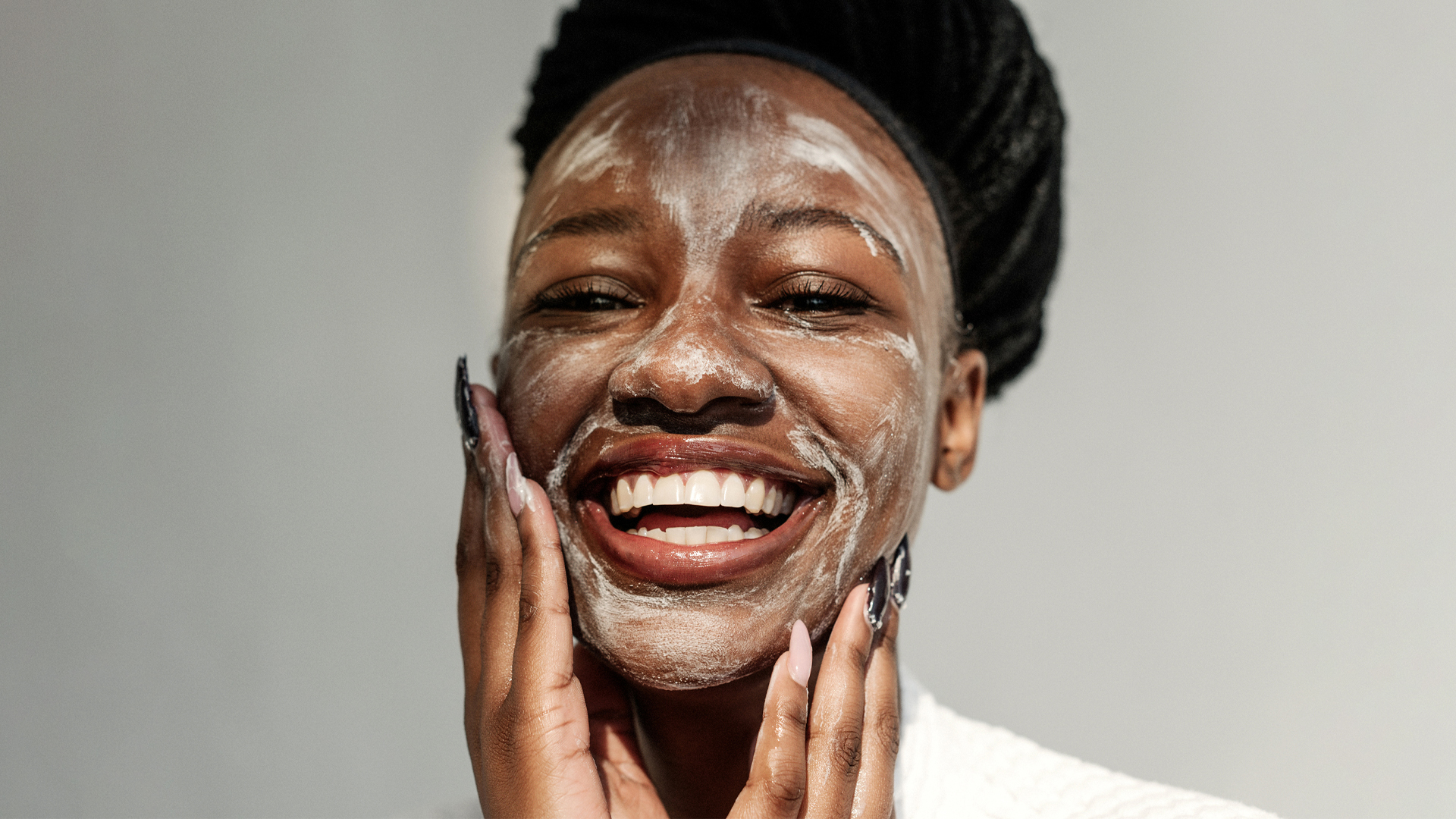If you haven’t heard of dermaplaning, you should know that it's a form of facial exfoliation that promises to leave skin smoother and more even toned. Originally a clinical procedure, it involves utilizing a surgical scalpel, applied with steady pressure across the face to remove peach fuzz and layers of dead skin. But since this practice has been adopted for at home use, the tools used are more razor-like instead of surgical blades. It’s suggested for anyone that wants to reduce the look of fine lines, pores, improve even skin tone, and create a “perfect-primed canvas” for makeup application.
But is this practice really safe for us to be doing, yet alone, doing ourselves at home?
Dermatologists Mona Gohara, M.D. and Loretta Ciraldo, M.D. say yes. Because the tools used for at-home exfoliation are more razor-like than surgical, it makes it safer for us to be doing on ourselves. “This means you’ll be getting more surface-level skin-cell removal… [And] since the results are more superficial, you can also dermaplane more often.” Both dermatologists approve once weekly at home is suitable for good results.
But what should we be mindful of?
Well, because dermaplaning removes skin-cells and peach fuzz, many people tend to think that it will cause stubble to re-grow on the face. Both dermatologists agree that this is a myth. They also insist to always remember that the dermaplaning process should never be painful. If you do feel any discomfort, it’s best to lessen the pressure you’re applying on the area or skip that area entirely.
Now, if you’re curious on how to get started, we got you.
First, pick your tool of choice. There’s higher end tools like the Dermaflash Luxe, or more affordable options like the Dermaplaning Tool from Versed or exfoliating facial razors available at your local Target or drugstore. Remember that it’s always great to watch a how-to video before getting started. Both dermatologists warn that “if done improperly, you can leave marks, scars, cuts, scrapes, open areas, inflame the skin or worsen acne.”
It’s recommended that dermaplaning be done on dry, clean skin.
Some people may recommend using a serum, or facial oil so that the exfoliating tool can glide easier on the skin but this will actually reduce the amount of skin-cells and peach fuzz that is removed, making the process less successful. Working in sections, you want to then hold the skin taut with one hand and your exfoliating tool in the other. Then, hold the blade at a 45 degree angle, and move the blade over your skin in “short, light strokes.” It’s also recommended that you keep the strokes in a downward motion to reduce any potential irritation. As you continue moving your tool about your face, you’ll see the accumulation of dead skin and peach fuzz. Be mindful not to go over any areas that look inflamed or irritated. To finish off, be sure to wash your face afterwards with a gentle cleanser.
Because a layer of your skin has been removed, it’s recommended that your aftercare include packing on more moisture for your skin. According to dermatologista Loretta Ciraldo, M.D., “dermaplaning lessens the skin barrier. This means your products will penetrate more effectively, but it also means skin can become drier since there is less barrier to prevent water loss.” Therefore, you want to avoid using any intense AHAs, retinoids, or chemicals. In addition with a gentle cleanser, be sure to also use a moisturizing sunscreen and voila!
Smooth, even skin is all yours!
